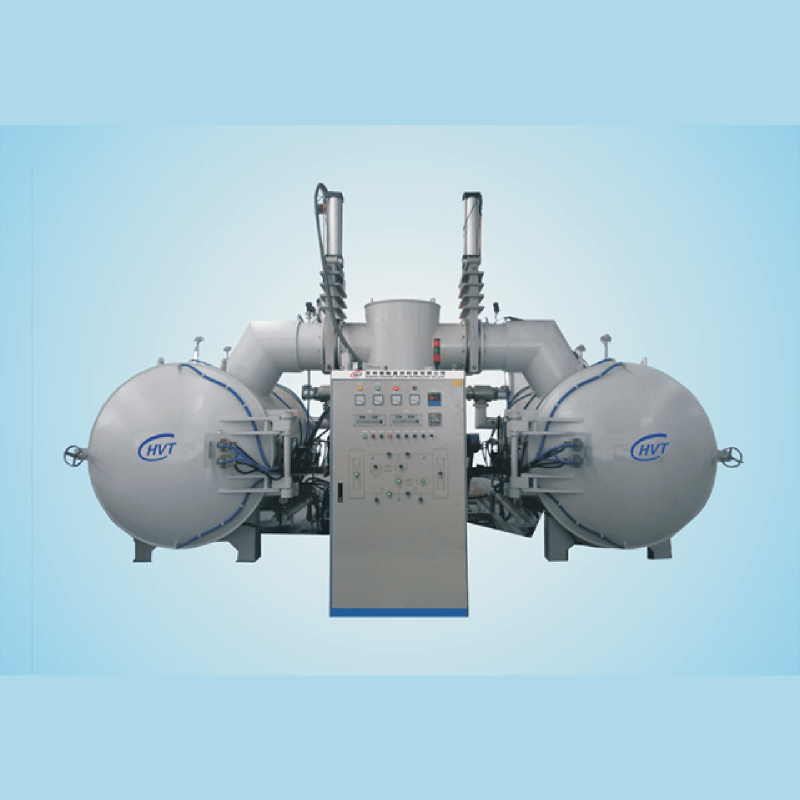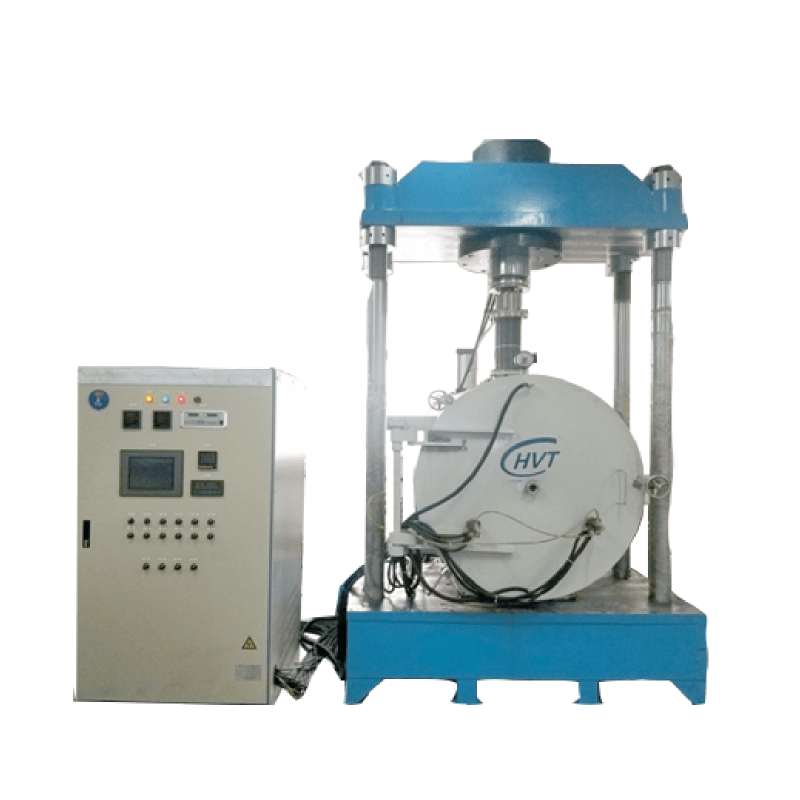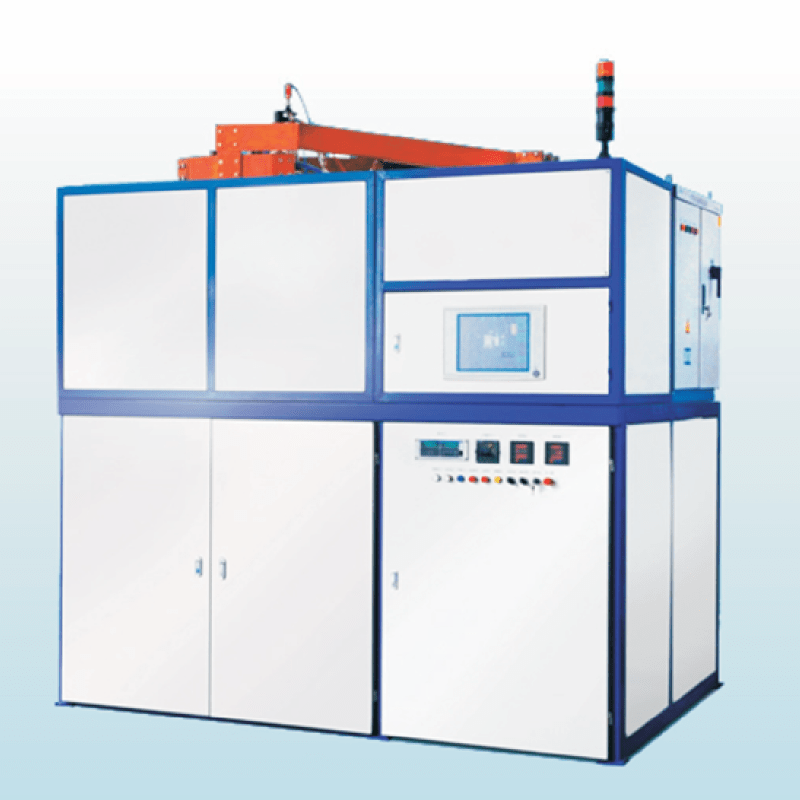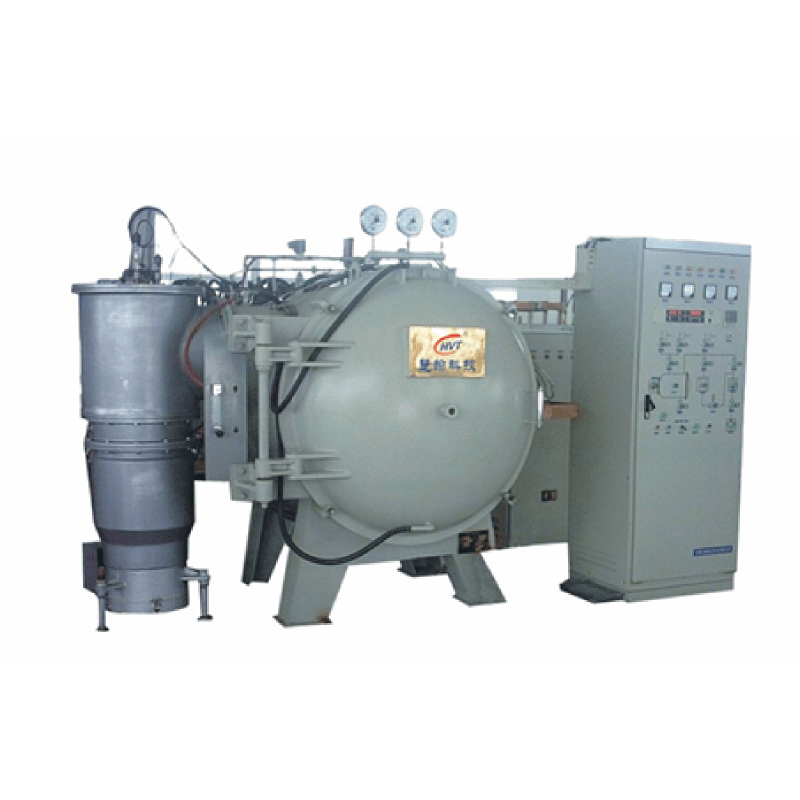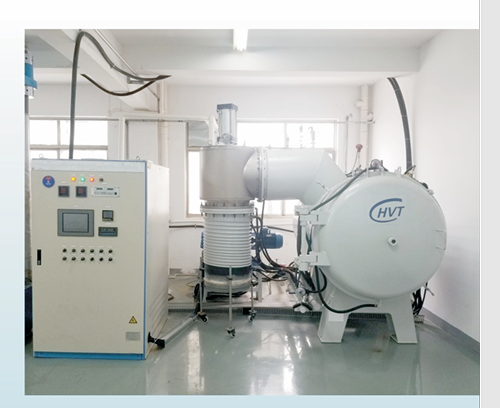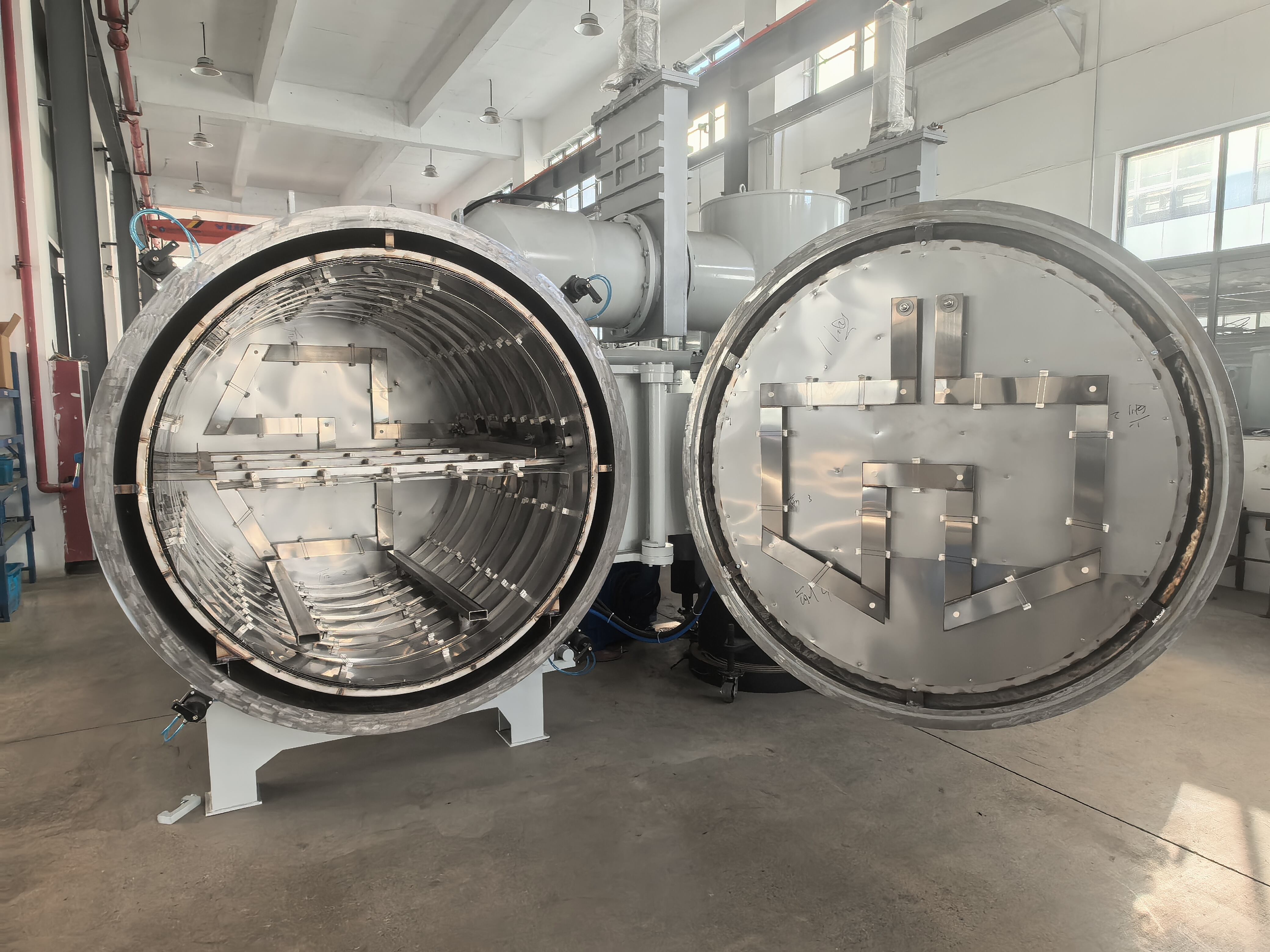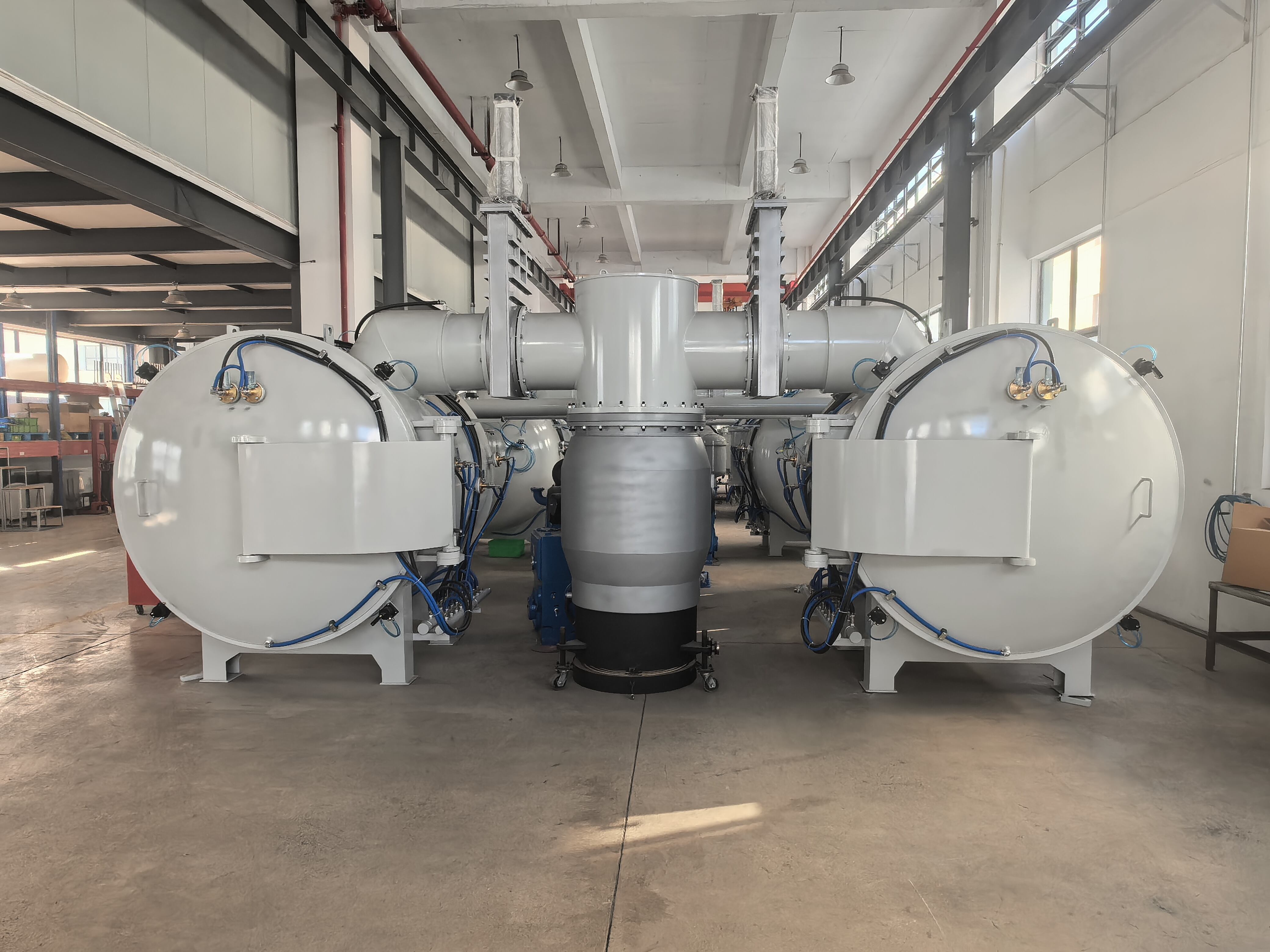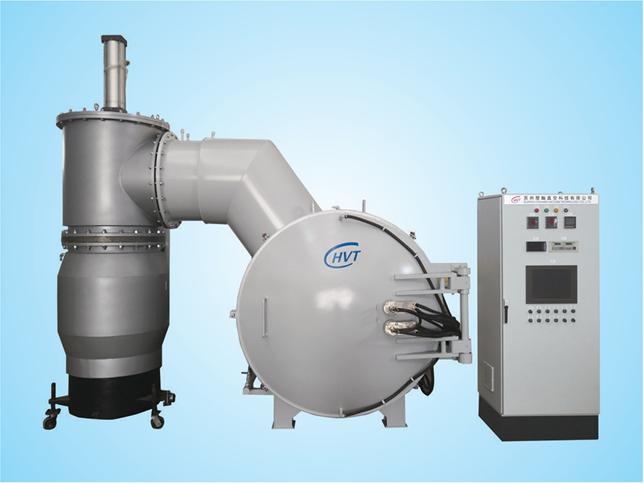induction furnace price
The induction furnace price represents a crucial consideration for industries seeking efficient melting solutions. Modern induction furnaces combine advanced technology with cost-effective operations, featuring electromagnetic heating that ensures precise temperature control and uniform heat distribution. These systems typically range from small laboratory units to large industrial installations, with prices varying according to capacity, power rating, and additional features. The initial investment considers factors such as power consumption efficiency, melting capacity per hour, and the sophisticated control systems that enable automated operations. Contemporary models incorporate digital monitoring systems, safety features, and energy-saving modes that contribute to long-term cost benefits. The price structure also reflects the inclusion of essential components like the power supply unit, cooling system, and refractory lining, all of which are integral to the furnace's operation. manufacturers often offer customization options that can affect the final price, such as specialized coil designs, advanced monitoring systems, or enhanced safety features. When evaluating induction furnace prices, it's essential to consider the total cost of ownership, including installation, maintenance requirements, and operational expenses.

